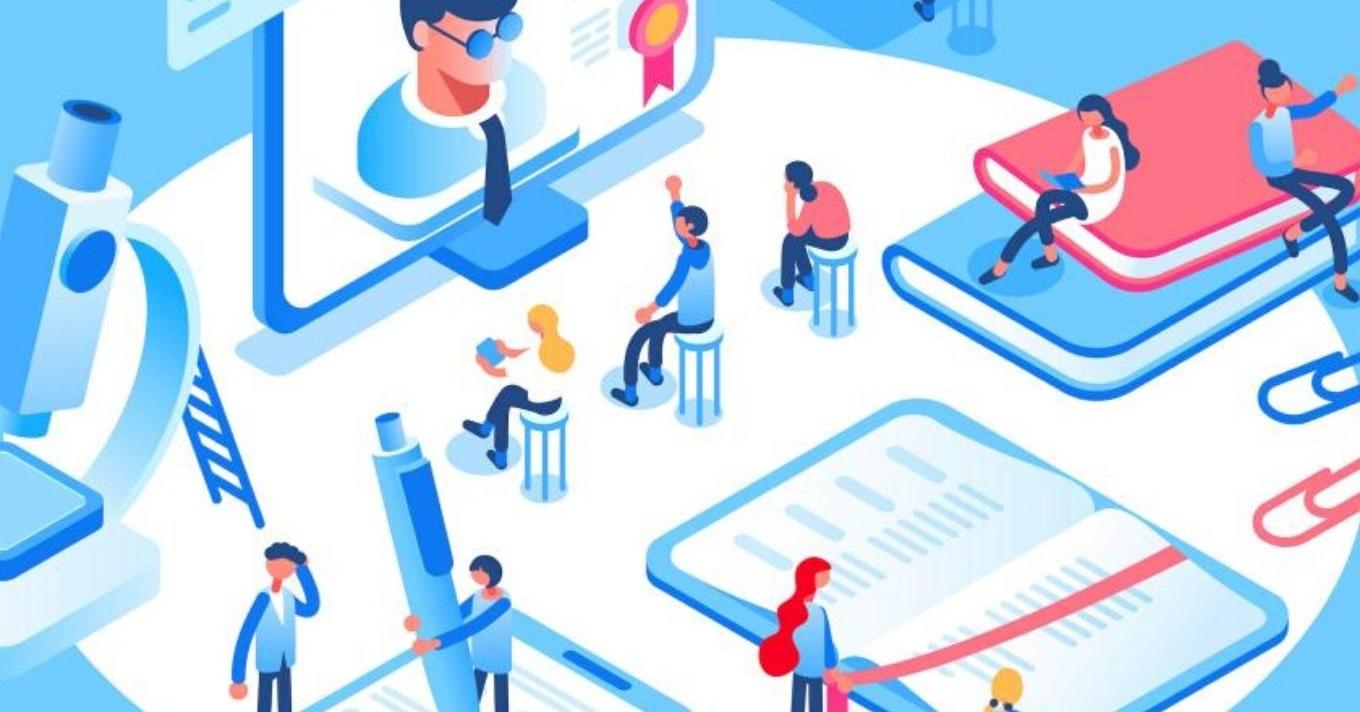In the age of information, access to the internet is a powerful tool that can significantly impact a student’s academic journey. As we explore ways to bridge the achievement gap, the importance of ensuring both internet for schools and hotspots for students cannot be overstated. Here are several ways in which leveraging internet resources can help narrow educational disparities and create a more equitable learning environment.
1. Equal Access to Educational Resources
Internet for schools ensures that educational institutions, regardless of their location or financial standing, can access a wealth of online resources. From digital textbooks to interactive learning platforms, the internet provides a level playing field where students from diverse backgrounds can access the same quality educational materials. This not only enhances the learning experience but also helps standardize educational resources across different schools.
2. Remote Learning Opportunities
The events of the past few years have underscored the importance of remote learning. Hotspots for students become invaluable in scenarios where physical attendance is challenging, ensuring that all students have access to online classes and educational content. This is particularly crucial for students who may face geographical barriers or health-related concerns that prevent them from attending school in person.
3. Personalized Learning Platforms
The internet facilitates the implementation of personalized learning platforms that cater to individual student needs. Adaptive learning software, online tutoring, and interactive educational games are just a few examples of resources that can be utilized to tailor education to the specific strengths and weaknesses of each student. Internet access enables educators to implement personalized learning strategies that can greatly benefit students with varying learning styles.
4. Collaboration and Communication
Internet connectivity fosters collaboration and communication among students, educators, and parents. Online forums, video conferencing, and instant messaging platforms provide avenues for students to collaborate on projects, seek assistance from teachers, and involve parents in their learning journey. This interconnectedness creates a supportive educational ecosystem that contributes to student success.
5. Research and Critical Thinking Skills
Access to the internet empowers students with the ability to conduct research and develop critical thinking skills. Students can delve into a vast pool of information, explore diverse perspectives, and engage in independent research projects. This not only enhances their academic capabilities but also prepares them for the information-driven challenges they may encounter in higher education and the workforce.
6. Closing the Homework Gap
The homework gap, wherein students lack access to the internet at home, can impede academic progress. Providing hotspots for students who lack reliable internet access at home ensures that they can complete assignments, conduct research, and stay connected with the virtual learning environment outside of school hours. Closing the homework gap is a crucial step in creating an equitable educational landscape for all students.
7. Skill Development for the Future
In an increasingly digital world, proficiency in navigating online tools and platforms is a fundamental skill. Internet access at school enables students to develop digital literacy, ensuring they are well-equipped for future academic and professional endeavors. From coding and programming to online collaboration tools, students gain exposure to skills that are essential in the modern workforce.
Internet for schools and hotspots for students play pivotal roles in bridging the achievement gap. By leveraging the power of the internet, educational institutions can provide equal access to resources, foster personalized learning environments, and prepare students for the challenges of the future. The digital age offers unprecedented opportunities for educational equity, and it is our responsibility to ensure that all students have the tools they need to succeed.









